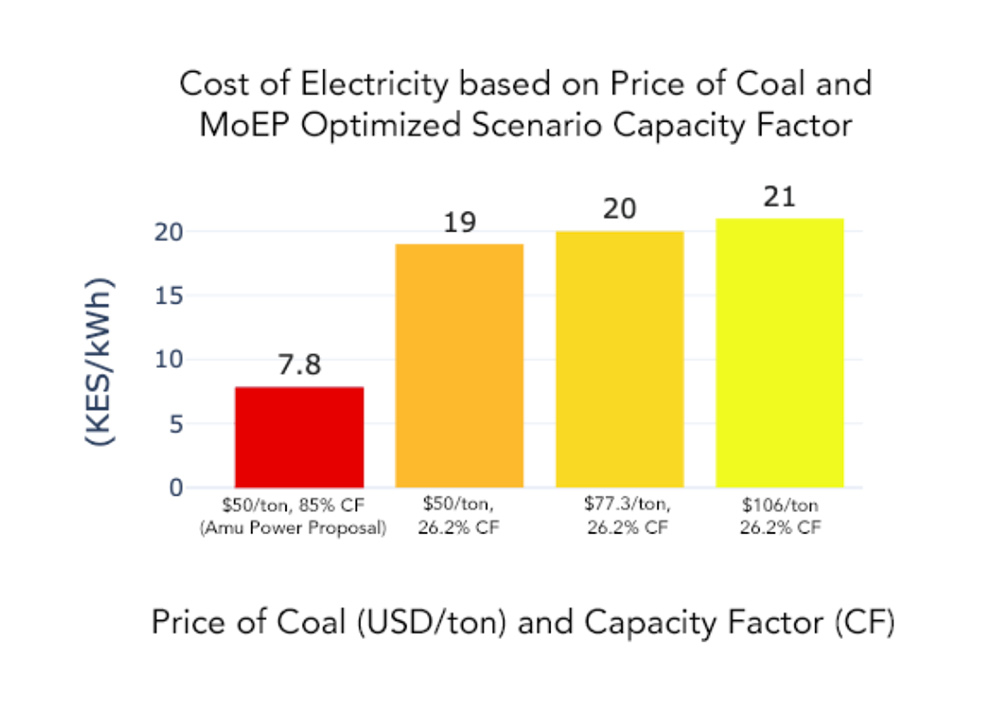It is common knowledge that coal has significant impacts on the environment, human health and livelihoods, and oceans and marine life yet Amu Power, the entity behind the proposed 1,050 MW Lamu Coal Plant, is minimising these risks and arguing that the plant is necessary on economic grounds. Their arguments do not hold up under scrutiny.
Amu Power makes three claims about the plant: 1) that it will provide cheap electricity – their marketing states that the plant will provide electricity at KSh7.8/kWh ; 2) that it will create employment opportunities for Kenyans; and 3) that inexpensive electricity from the coal plant will spur manufacturing in Kenya and transform the country into a middle-income economy by 2030.
In January 2021 the Kenya Power and Lighting Company (KPLC) sold electricity to domestic consumers at KSh24.06/kWh . In comparison, the KSh7.8/kWh promised by Amu Power looks great. But that is what KPLC, not its customers, will pay. This amount is a component of only one line item, known as the Fuel Cost Charge (FCC), of the total cost per kilowatt hour that KPLC charges consumers.
In January 2020, the Fuel Cost Charge was KSh2.58/kWh for residential and commercial consumers. This means that the electricity Amu Power is offering is at least three times more expensive than what KPLC is currently paying.
That in itself should put an end to any economic argument for the Lamu Coal Plant. However, and as we shall see, the true costs of this plant are much higher. 1) Claim: Coal as a cheap source of power
Three inputs to the cost-of-electricity equation demonstrate that power from the plant will always cost more than KSh7.8/kWh and will therefore never be competitive against renewable resources: 1) price of coal; 2) capacity factor; and 3) hidden costs.
Price of coal: When Amu Power sold the idea of the Lamu Coal Plant to Kenya in 2014, their plan was to import coal from South Africa because there will be no coal available in Kenya to fuel the plant in the foreseeable future.
Amu Power’s claim that electricity from the plant would cost KSh7.8/kWh was based on a coal price of US$50/metric tonne. However, even at the time they made the claim, the average price of South African coal delivered to Kenya was already 50 per cent higher — over US$77.3/metric tonne . Coal prices fluctuate and so will the cost of power from a […]
